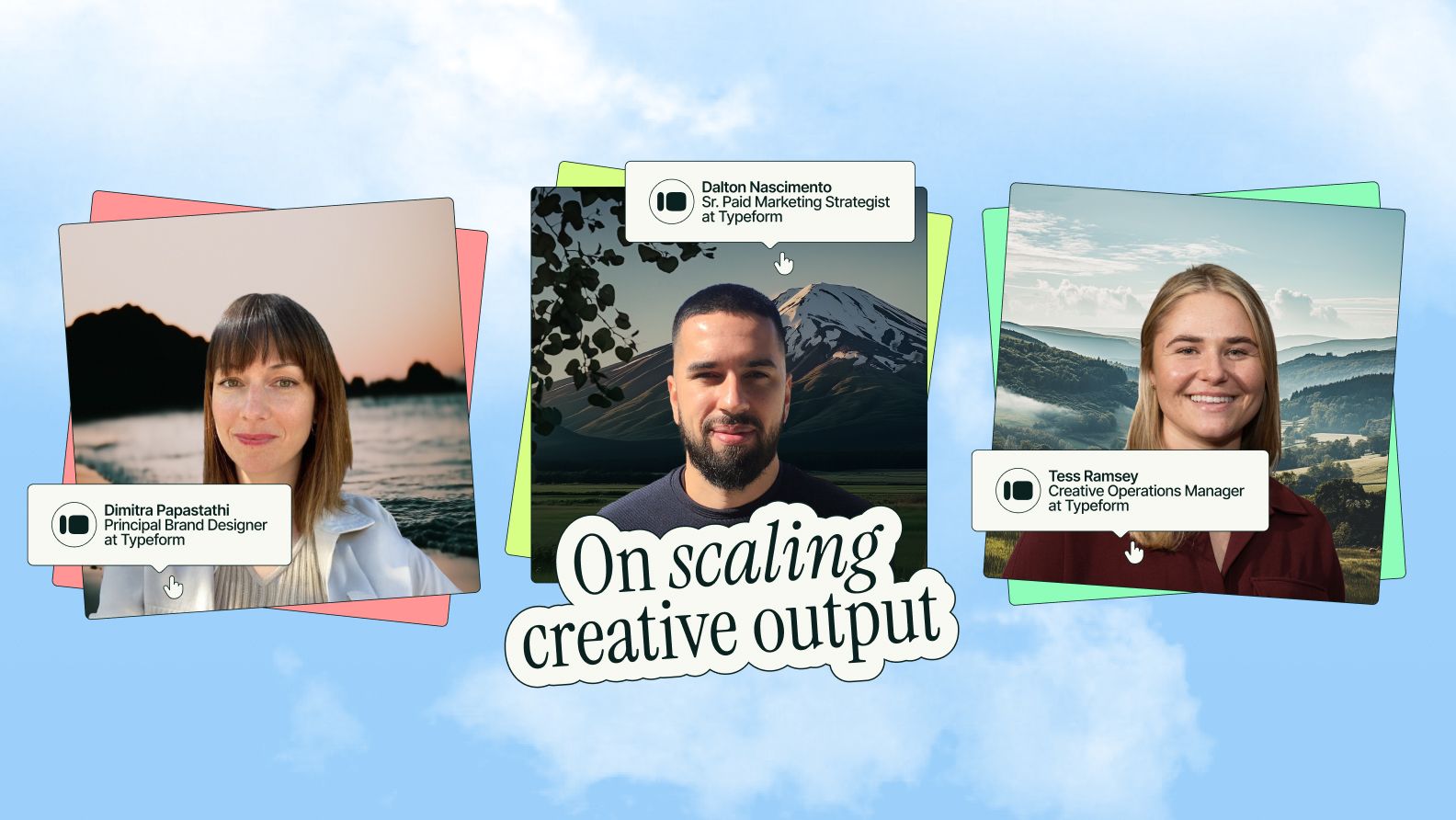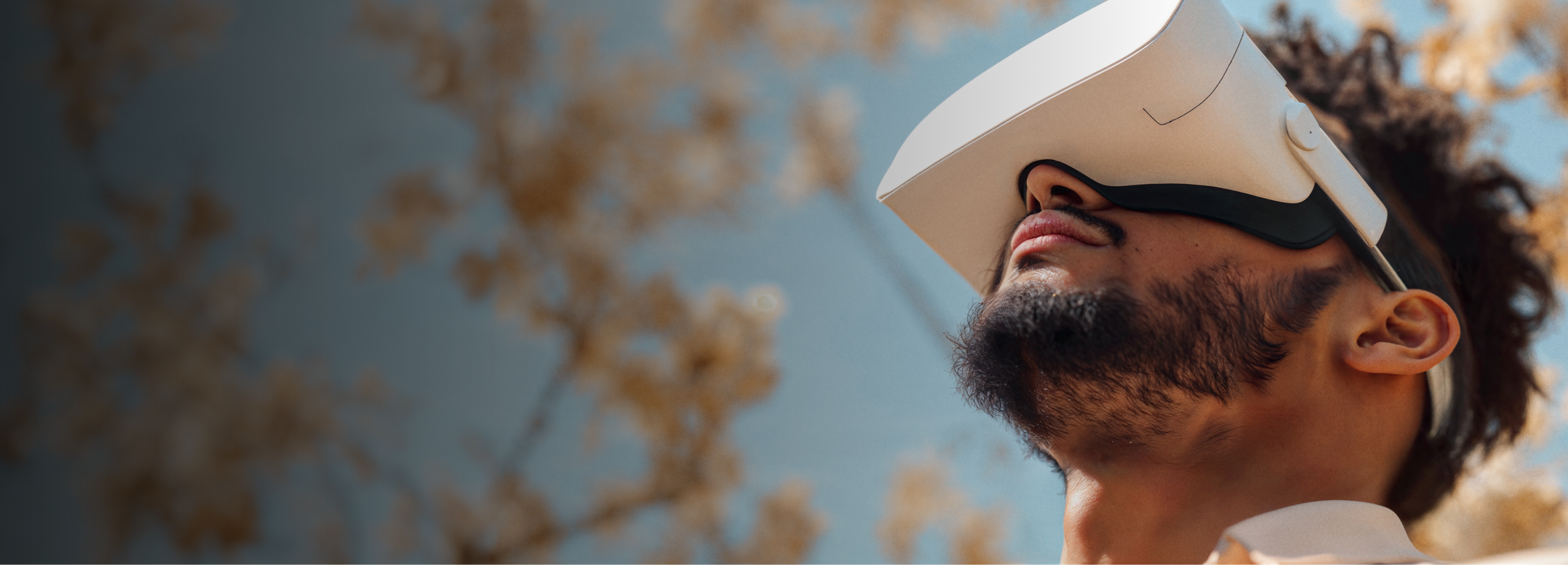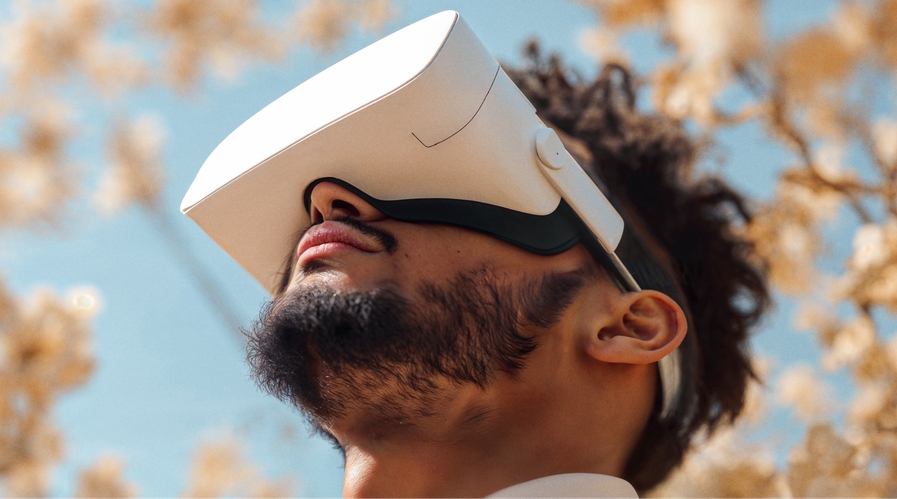No, It’s Not “Too Early” for AR in B2B Marketing—Here’s Why.

Some creative marketers are making the same mistakes with augmented reality that they made with other once-new marketing tactics. Brands getting in on AR and 3D marketing are unmistakably standing out to consumers, and offering more meaningful brand experiences in the process.
Ever seen something successful you wish you’d gotten in on? Someone with an invention or idea that got the green light before the whole trend took off? Sure you have. And for at least a moment, you felt it: Envy. That could’ve been you if only you’d known what they knew.
For most of us, this feeling comes up when we come across articles of billionaires; pictures of them smiling slyly as they stop to entertain photographers at whatever red carpet event has occupied their Saturday evening this week.
In the marketing world, envy is a little more abstract: An ad that isn’t yours, trying something new/weird and getting loads of attention for it, a disruptive brand that—in a rare move of actually disrupting things—makes waves in their community with a bold perspective. That could’ve been you if only you’d known what they knew.
As creative marketers, we’re in the midst of such a moment right now. The augmented reality (AR) and 3D hype trains are picking up steam, but many marketers aren’t buying a ticket. They’re waiting for proof its engine will run, and intent on holding out until it’s left the station. Well, bad news folks:
Waiting for AR to become “popular” is shooting B2B creative marketing teams in the foot.
“Too New” is the Epitaph of Missed Opportunities
There’s a difference between “too new” and “not saturated yet,” but we consistently mistake one for the other when weighing our options. “Too new” is your cousin’s idea for rocket-powered sneakers or a new cryptocurrency. No one could blame us for supporting Darryl from the sidelines—he’s got some kinks to work out first.
Augmented reality and 3D marketing are not doomed plays for attention. They’ve been around for decades in some form or another, and are now in that “leaving the station” stage—the one where creative teams either decide to hop on, or chase after it when it’s begun.
One means being at the forefront of a new trend, being a visible outlier in a sea of samey experiences. The other is a squandered moment, getting on board just in time to be stuck with a hundred thousand latecomers. Brands getting in on AR marketing and advertising campaigns are unmistakably standing out to consumers, and offering more meaningful brand experiences in the process.
B2B can learn from B2C
B2B marketers have been especially wary of augmented reality and 3D. They get an uncharitable (and bluntly wrong) rep as a B2C gimmick—an “ooh, pretty” that couldn’t inspire anything more than a Skittles purchase.
Here’s why that’s dead wrong, and how B2B brands can turn AR and 3D marketing to their advantage while others wait for permission.
Reason 1: It Stands Out
If there’s just one reason to get on AR/3D soon, it’s this. The cool thing you don’t see often is the thing that makes headlines. In a room of seated people, the one standing catches your eye.
AR is in a sweet spot right now. To most consumers, it’s just new enough to be intriguing. But within a year’s time, that newness and novelty will start fading. As is always the case, brands will start jumping on the bandwagon, and AR/3D will become standard for any creative marketer with a branded experience to offer.
B2B’s current lack of confidence in tools like AR makes it an especially good place to plant the flag right now—relatively few are doing it, making it easier to distinguish the brand from competitors vying for the same eyeballs.
Learn from B2C
With the resources to get in early on the trend in 2014, Pepsi installed AR technology in a London bus shelter to bring awareness to the sheer extremity of Pepsi Max. To onlookers, it appeared tigers, aliens, UFOs and other horrors were headed straight towards the shelter.
Though AR in marketing was in its formative years, Pepsi’s playful idea nailed them millions of views, and hundreds of thousands of impressions along the way.
B2B creative marketers take note. The tech required to pull this off in 2014 is now in the hands of every single prospect. How could your creative marketing team be standing out with AR right now?
Reason 2: It Increases Confidence
Online shopping question: How many shirts/shorts/shoes have you sent back after realizing they didn't fit? You probably took it with a grain of salt. That’s just what happens when you can’t see the thing you’re buying in front of you. For all its drawbacks, nothing inspires confidence like trying it on in the store.
Your business prospects operate in the same way. The closer you can get them to a physical representation of the thing you’re selling them, the more confident they feel about the service/item itself. And while knowledge is certainly power, more importantly, it's revenue.
Ask your sales team how many under-informed leads they’ve chucked out this month. The problem often isn’t that your leads don’t like your offer, but that they don’t understand your offer. What if, rather than leaving the explaining/mopping up to sales, your marketing bridged the gap on its own?
Learn from B2C
Many successful retailers have attributed their success to AR functionalities on their websites. Forbes said the peace of mind AR offers convinces up to 40% of consumers to pay more for a product they can experience through AR.
A 2020 study by Deloitte also showed that AR has helped home-good companies decrease returns by up to 30%.
When consumers engage with a product or service on a deeper level, they understand it. When consumers understand a product or service, those in the market are already halfway to conversion. What's your B2B creative marketing team doing to improve buyer confidence? If AR isn't part of the game plan, it's a missed opportunity.
Reason 3: It Pays for Itself
There comes a time when the things we once found “futuristic” become the norm. The internet is the great accelerator for ideas and tools entering the mainstream—an apolitical Overton window. With that proliferation, costs drop significantly. Just as you no longer have to be a TV network to build an audience, you don’t have to double your marketing budget to start using AR/3D.
As with most strong marketing campaigns, AR content quickly starts to pay for itself once it’s in the open. Brand awareness, familiarity and interest have been shown to grow at faster rates than with most standard brand experiences.
It’s also an easy way into experiential marketing for those who may have never set foot onto the tradeshow/superstore floor before. Instead of relying on (and paying for) brand ambassadors to rope passersby into the brand’s world like strangers with candy, creative marketers can open the digital door themselves.
Learn from B2C
For the 2017 Super Bowl, StubHub introduced an AR feature that allowed ticket buyers to see virtual models of the U.S. Bank Stadium, as well as nearby parking structures and concession areas. Potential buyers could visualize their full experience before purchasing, minimizing the risk of paying for a crappy seat.
This increase in buyer confidence didn't just save the consumer a few bucks: StubHub said engagement with its app has doubled, with digital ticket sales only increasing year after year.
For what amounts to a few visualizations, the ROI that B2B marketers could be tapping into is tremendous.
Don’t Wait for Permission to Go Big
When we think of those smirking billionaires, they’re almost never people who put all their chips on a ridiculous idea—just the ones who saw the logical next step and acted on it.
Of course, online shopping was the next big move. Of course, you could teach a program to generate copy and images.
The difference between those who took the next step and those who wrung their hands in hesitation is the willingness to read the writing on the wall and act accordingly. The trends were emerging and the presses were primed. It was as true for the future billionaires as it is for brands looking to make their mark today.
David is a Senior Content Marketer at Superside. A former journalist with bylines too numerous to enumerate, he brings his love of storytelling and semantics to the marketing world. Recognizing the sizable gaps in the creative-as-a-service (CaaS) sector, he jumped at the chance to fill the creative void for ambitious brands. In his off hours, he enjoys loud music, making vegan meals and being made fun of for making vegan meals. He’ll gladly talk to you about any of the above on LinkedIn.
You may also like these
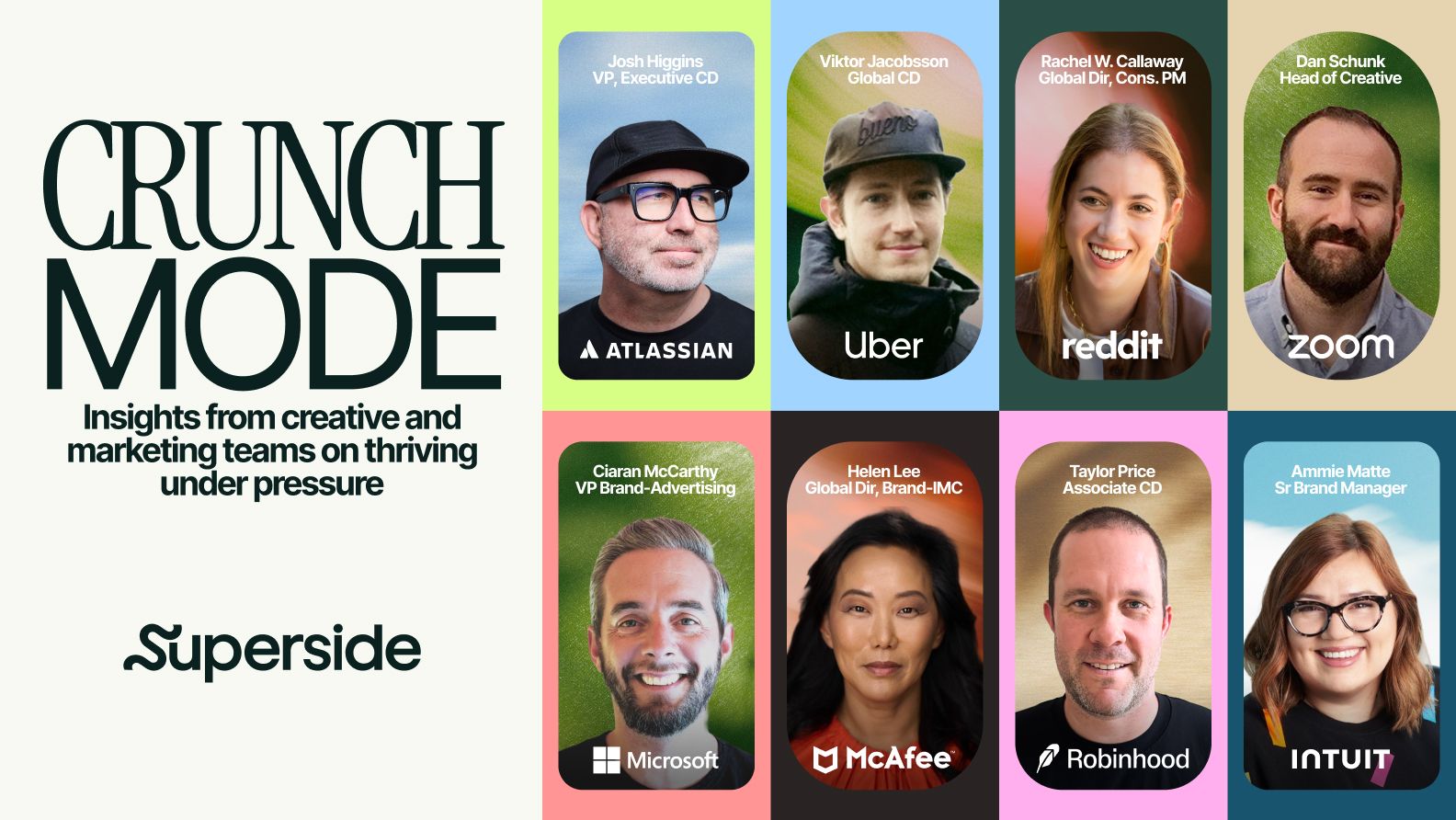
Burn bright, not out: Lessons from Superside's Crunch Mode summit
Crunch periods like Q4 can put even the most prepared teams to the test. Manage it right, and your team can harness that energy to produce amazing work. Manage it wrong, and you could burn out the people who’ve trusted you to guide them through the trenches.So, how can you guide your team through the crunch to do their creative best? For Superside's Crunch Mode summit, we brought together some of the most insightful creative and marketing leaders in the world to share their experience and tips on keeping their teams moving forward, even when it feels like you’re working inside a pressure cooker.Here’s a breakdown of the biggest takeaways from the event—with strategies you can apply to thrive through the busiest seasons of the year.Keeping it real when the pressure is on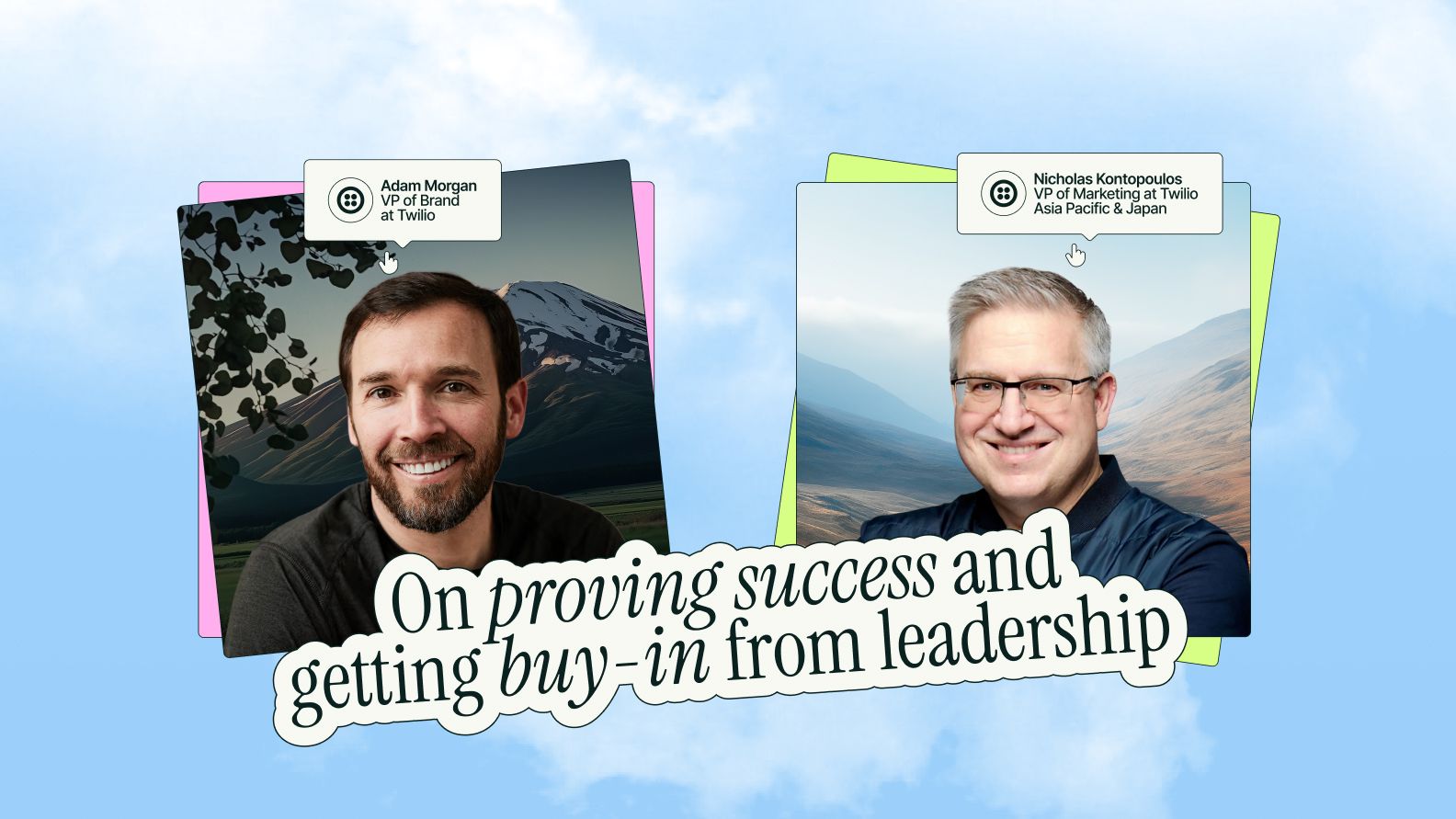
Build trust, get buy-in: Inside Twilio's creative storytelling model
A creative vision can’t fly without buy-in—no matter how bold, inspired or strategic it is.Because without leadership buy-in, key initiatives from rebrands to quarterly campaigns become drawn-out, diluted affairs. And without buy-in from in-region representatives, even the best brand narratives will lack impact.But between Twilio’s Adam Morgan, VP of Brand, and Nicholas Kontopoulos, VP of Marketing, Asia Pacific & Japan, they’ve got it covered.Morgan and Kontopoulos broke down their approach to proving success and getting buy-in across the business in our latest guide, Inside Great Creative Partnerships. From masterful storytelling to a powerful brand-to-revenue model, they shared:How to communicate a creative vision upwards and downwards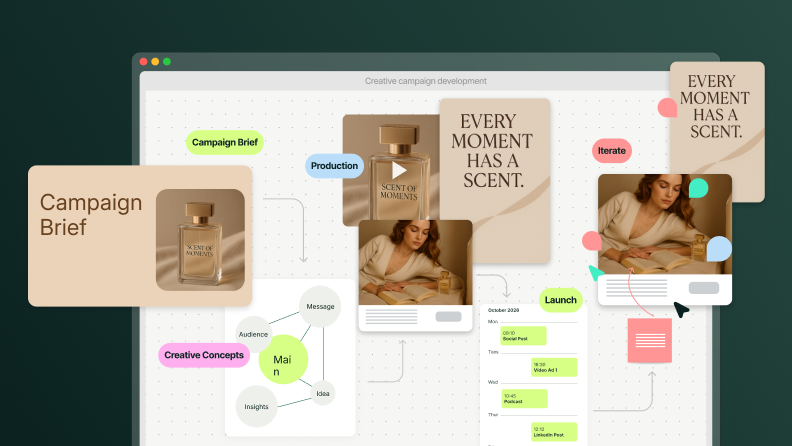
7 elements for great creative campaign development in 2025
A successful campaign is both an art and a science. Ideally, all decisions are tested and backed by solid creative performance data. But never at the cost of creativity.While it pays to be strategic, creative quality drives about 56% of a campaign’s results. This is why 80.5% of marketers see it as one of the strongest predictors of success, and nearly two-thirds have increased their focus on creative in the past year.Strong creative partners help today’s enterprise-level brands (and their overstretched in-house teams) strike the right balance. Right now, 78% of in-house creative teams say they can’t keep up with demand, and 76% of creative leaders say they and their teams are at risk of burnout.In this article, we break down what it takes to generate and implement innovative marketing campaigns that deliver results. Read on for our top seven campaign strategy steps and use them right away to connect with your target audience, stand out from competitors and achieve results.7 elements to develop a successful creative campaign